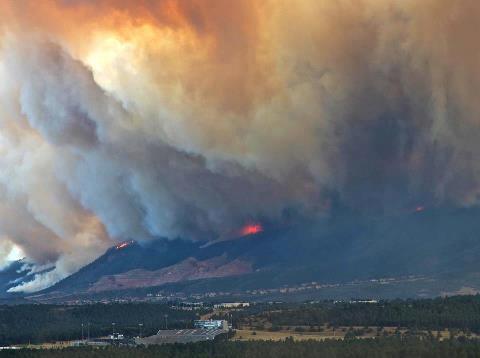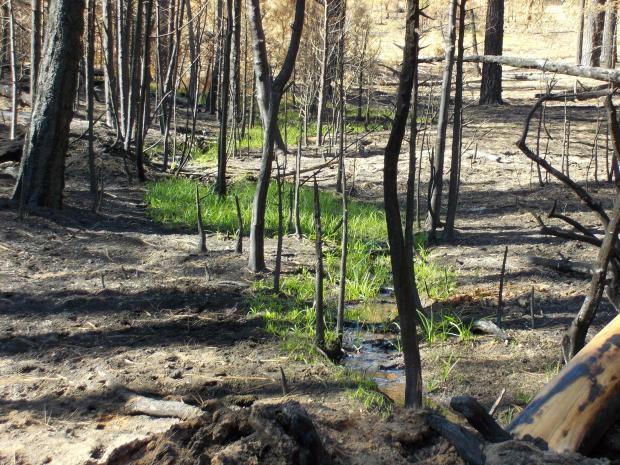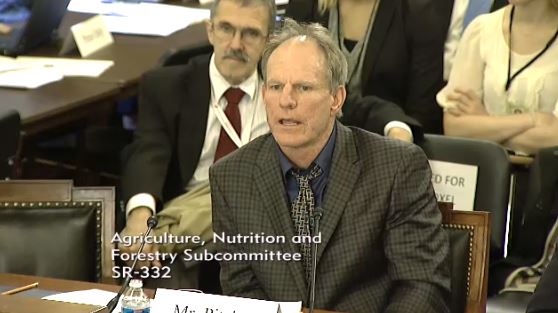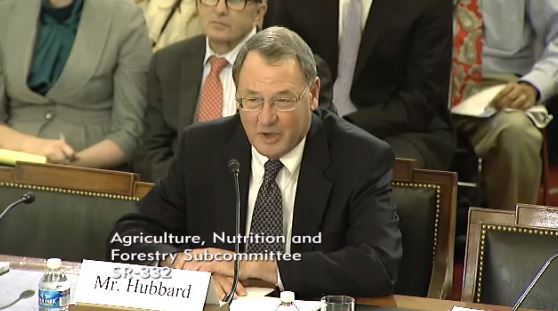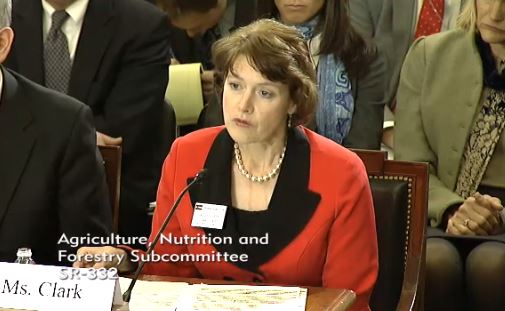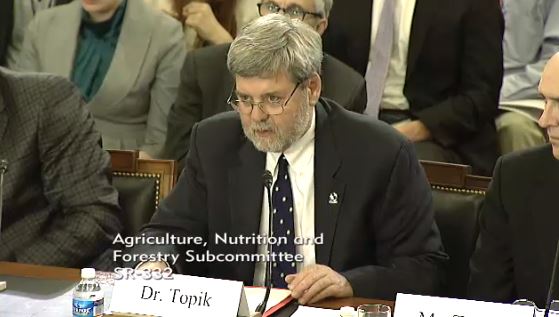President Obama to meet with western governors about wildfire funding
On Monday President Obama will meet with the governors of some western states to discuss a change he is proposing in next year’s budget about how wildfires are funded. A busy and expensive wildfire season means the federal land management agencies have to rob dollars from routine ongoing non-fire activities to pay unusually high fire suppression expenses. And these busy and expensive fire seasons seem to be occurring with more regularity in recent years. The budget proposal for fiscal year 2015 would be similar to a bill introduced in the House, the Wildfire Disaster Funding Act of 2014 (H.R. 3992), which would create an emergency funding process for fire response. The funding mechanism would be structured along the same lines as procedures for paying for other natural disasters like floods and hurricanes.
Wildfires challenged early pioneers
The Santa Fe New Mexican has an interesting article by Marc Simmons about how early settlers had to occasionally deal with prairie fires as they traveled by horseback and wagon train across New Mexico and west Texas. Below is an excerpt:
…On another trip [in the 1830s, Josiah] Gregg’s caravan was chased by an approaching prairie fire, and it escaped just in time by reaching a bare stretch of country, devoid of grass. “These conflagrations,” he wrote, “are enough to inspire terror and daunt the stoutest heart.”
Capt. Randolph B. Marcy, leading a military expedition across the Southwest in the 1850s, had an experience similar to Gregg’s. One of his soldiers carelessly caught the grass on fire, threatening the supply wagons. He declared that only the most strenuous efforts by his 200 men in setting counter fires around the train saved the expedition from disaster.
Great danger, he said, came from troops throwing a lighted match or ashes from a pipe into the grass while marching. Matches were just then coming into general use, so that was a new problem.
When a prairie fire struck, various steps could be taken in the emergency. Marcy mentioned one, setting a counter or back fire. The hope was when the two fires met, the progress of both would be checked and they would die out.
However, we question something the author identified as one of the causes of fires that threatened travelers:
…But the sun could be blamed on occasion, when its refracted light on a piece of broken glass or bit of metal cast off by a wagon train set the grass ablaze.
It is very unusual for glass, broken or otherwise, to start a fire. But if a bottle contains water, in very rare circumstances it can act like a lens and concentrate sunlight, similar to a magnifying glass. We have never heard of an ordinary piece of metal causing a fire.
Utah’s “firefighting cows”
In recent years ranchers and state lawmakers in Utah have argued with the federal government over water rights on federal land that is used by cattle ranchers. In order to bolster their case, some of the ranchers point out that the animals reduce vegetation — and the threat from fires.
Below is an excerpt from the Deseret News:
Utah is a “livestock state” that recognizes the benefits that cattle confer on pubic lands, including keeping vegetative overgrowth at bay and thus reducing wildfire threats, said Sterling Brown of the Utah Farm Bureau.
“Cattle are one way to properly manage public lands,” he said. “We have deemed much of our livestock as firefighting cows because they have helped reduce fires out there.”

